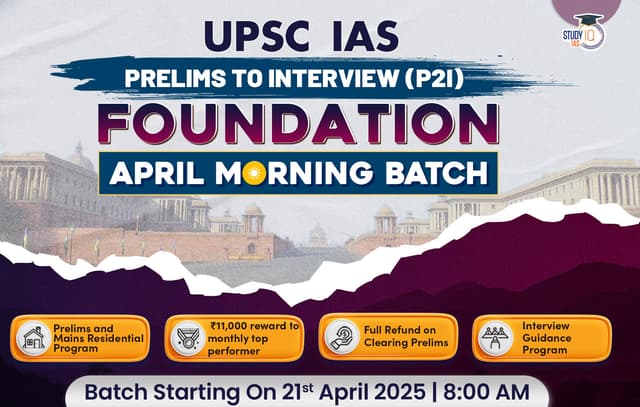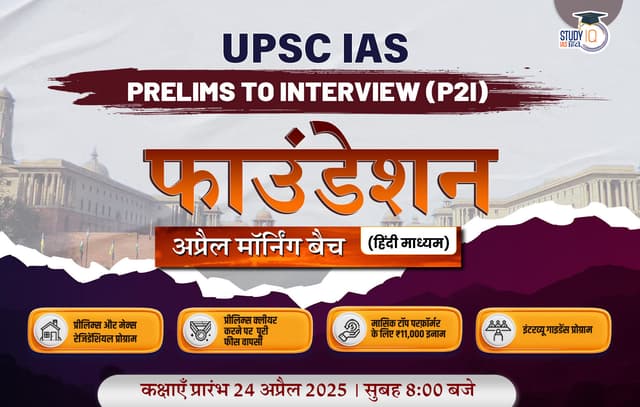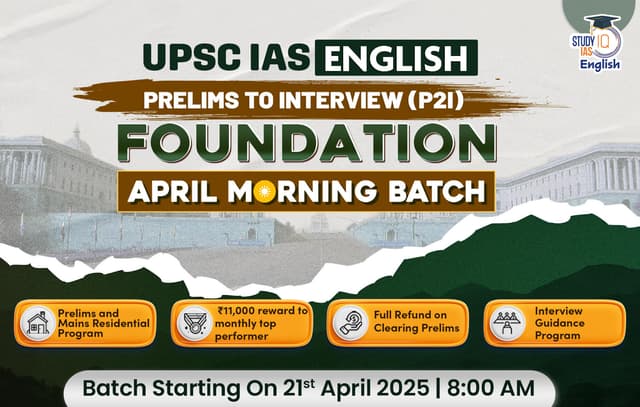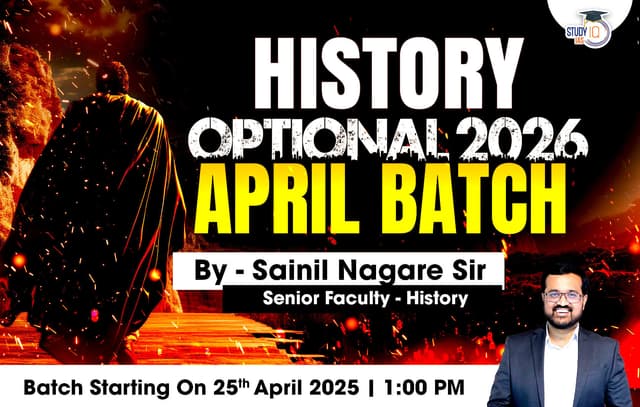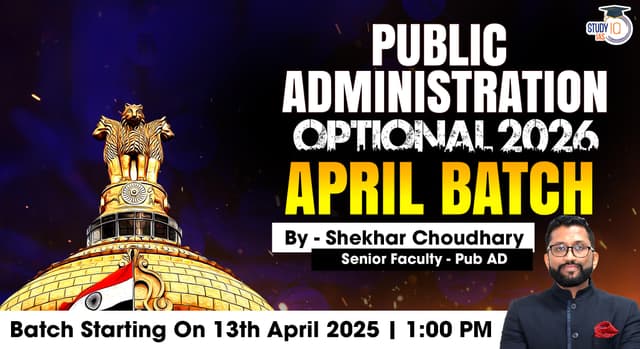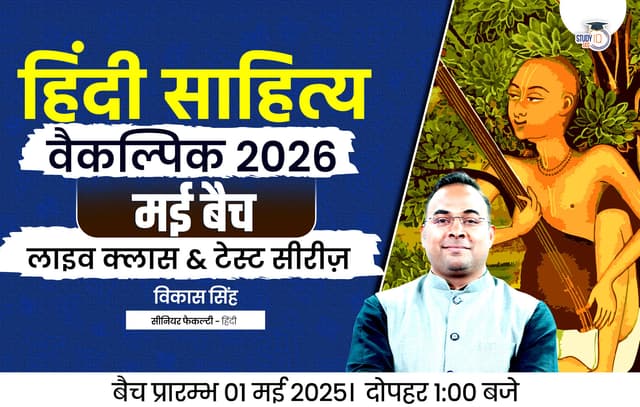Table of Contents
Context: On World Water Day (March 22), Prime Minister Narendra Modi stressed the need for collective action to conserve water for both present and future generations.
More in News
The Ministry of Jal Shakti launched the Jal Shakti Abhiyan: Catch the Rain 2025 on the same day, highlighting the role of community participation in water conservation.
Role of Local Communities in Conserving Water
- Traditional Knowledge and Practices: Indigenous communities possess deep ecological knowledge and traditional practices, such as rainwater harvesting, groundwater recharge, and watershed management, which help conserve water.
- Participatory Management: Local communities, through institutions like Water User Associations (WUAs), are involved in managing irrigation and water sources, ensuring better resource allocation and use.
- Ecological Conservation: Practices like establishing orans (sacred forests) in western India promote water conservation by enhancing vegetation cover, reducing runoff, and improving groundwater recharge.
- Monitoring and Maintenance: Communities play a vital role in maintaining water infrastructure (e.g., wells, ponds, tanks) and ensuring efficient use of resources.
- Adaptation to Climate Change: Local communities are often the first to experience climate-related water challenges and adapt by modifying their agricultural and water usage patterns.
- Promoting Sustainable Use: Through collective action and social norms, communities can prevent over-extraction and wastage of water resources.
Challenges in Involving Local Communities in Water Conservation
- Limited Decision-Making Power: While communities are involved in managing water resources, decision-making authority remains with state authorities, reducing their influence on key policies.
- Fragmented Governance: Different parts of the ecosystem (water, land, forests, biodiversity) are regulated by separate policies and authorities, leading to poor coordination and ineffective outcomes.
- Lack of Recognition for Traditional Knowledge: Indigenous and local ecological practices are often overlooked or replaced by standardized water management approaches, reducing their effectiveness.
- Weak Institutional Frameworks: Bodies like Water User Associations (WUAs) lack financial and technical support, limiting their ability to manage water resources effectively.
- Social and Economic Marginalization: Vulnerable groups, including marginalized castes and women, face barriers to participating in water governance due to social inequalities and economic dependence.
- Climate Change Impact: Rising global temperatures and unpredictable rainfall patterns increase water scarcity and stress on existing systems, making it harder for local communities to adapt.
How Policymakers Can Enhance Their Role
- Empower Decision-Making: Transfer decision-making powers from state authorities to local communities, ensuring they have a say in water governance.
- Integrate Traditional Knowledge: Recognize and formalize Indigenous water conservation practices in national and state-level water policies.
- Strengthen Water User Associations (WUAs): Provide technical training, financial support, and greater autonomy to WUAs for better management of irrigation systems.
- Promote Integrated Ecosystem Approach: Develop water policies that consider the interdependence of water, land, forests, and biodiversity.
- Support Vulnerable Groups: Design policies that address the needs of socially and economically marginalized communities, ensuring their inclusion in decision-making.
- Capacity Building and Awareness: Provide training and awareness programs to enhance the knowledge and technical capacity of local communities in water conservation.

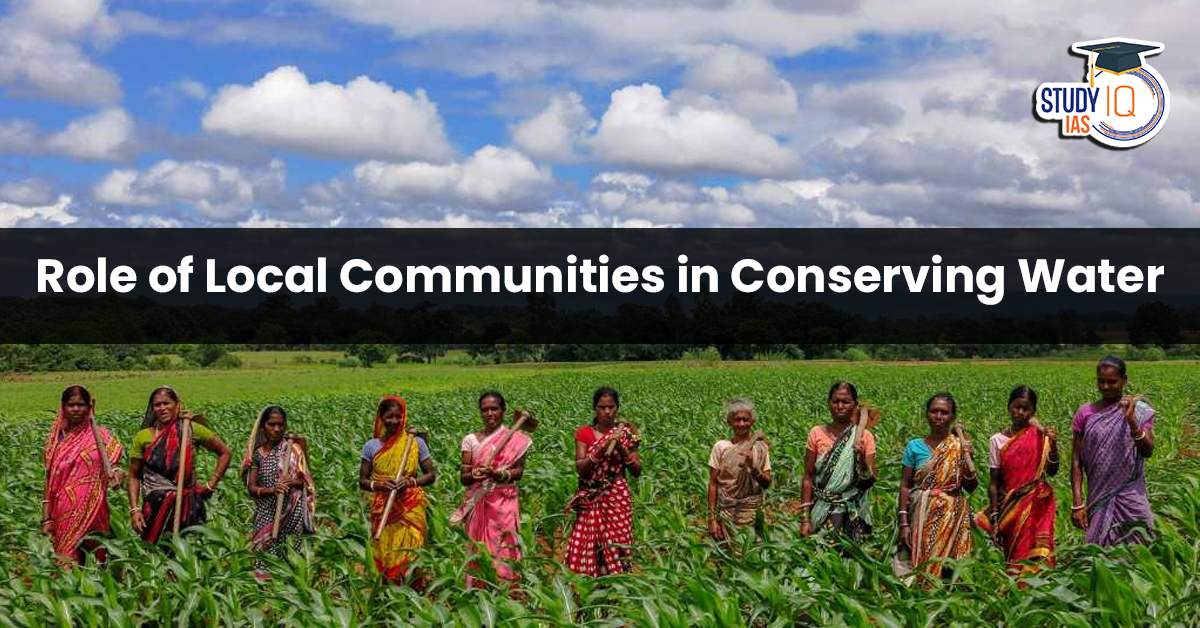
 De-extinction of Dire Wolf: Is the Once-...
De-extinction of Dire Wolf: Is the Once-...
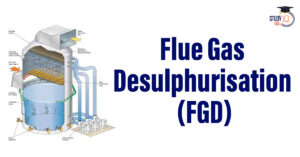 Flue Gas Desulphurisation (FGD), Advanta...
Flue Gas Desulphurisation (FGD), Advanta...
 International Big Cat Alliance (IBCA), O...
International Big Cat Alliance (IBCA), O...

